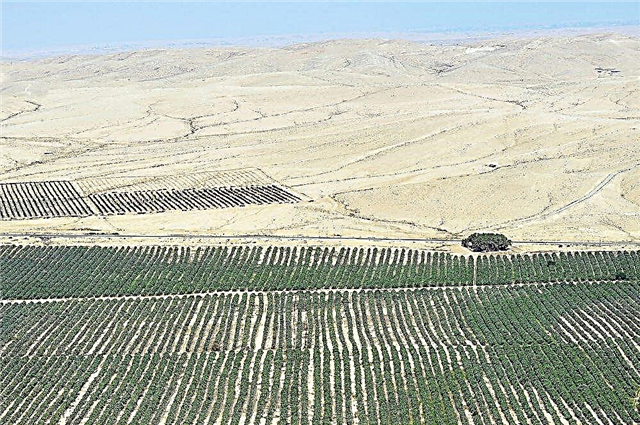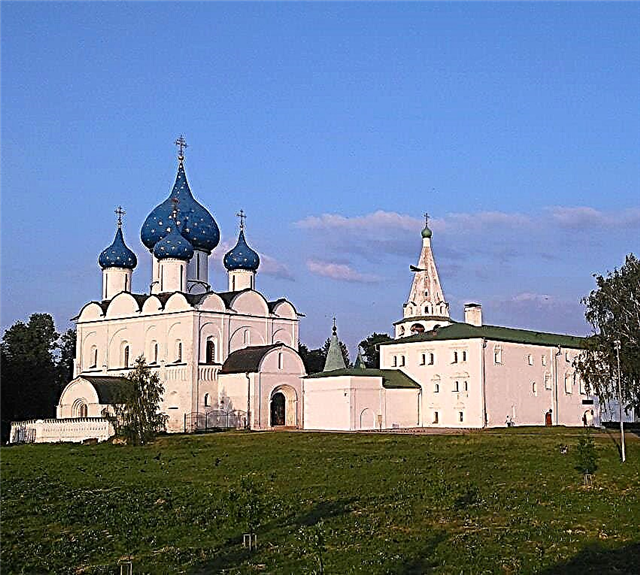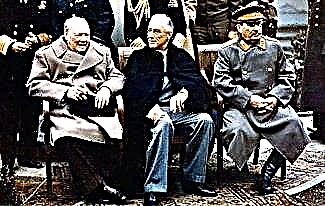There is no other such structure in the world that would arouse as much interest among scientists, tourists, builders and astronauts as the Great Wall of China. Its construction gave rise to many rumors and legends, took the lives of hundreds of thousands of people and cost a lot of financial costs. In the story about this grandiose building, we will try to reveal secrets, solve riddles and briefly give answers to many questions about it: who and why built it, from whom it protected the Chinese, where is the most popular site of the construction, is it visible from space.
Reasons for the construction of the Great Wall of China
During the period of the Warring States (from the 5th to the 2nd century BC), large Chinese kingdoms absorbed smaller ones with the help of wars of conquest. So the future united state began to form. But while it was scattered, individual kingdoms were raided by the ancient nomadic Xiongnu people, who came to China from the north. Each kingdom built protective fences on separate sections of its borders. But ordinary land was used as a material, so the defensive fortifications eventually wiped off the face of the earth and did not reach our times.
Emperor Qin Shi Huang (III century BC), who became the head of the first united kingdom of Qin, initiated the construction of a protective and defensive wall in the north of his domain, for which new walls and watchtowers were erected, uniting them with the existing ones. The purpose of the erected buildings was not only to protect the population from raids, but also to mark the borders of the new state.
How many years and how the wall was built
For the construction of the Great Wall of China, a fifth of the total population of the country was involved, which is about a million people in 10 years of main construction. Peasants, soldiers, slaves and all criminals sent here as punishment were used as labor force.
Taking into account the experience of previous builders, they began to lay not rammed earth at the base of the walls, but stone blocks, sprinkling them with soil. Subsequent Chinese rulers from the Han and Ming dynasties also expanded their defenses. As materials have already been used stone blocks and bricks, fastened with rice glue with the addition of hydrated lime. It is precisely those sections of the wall that were built during the Ming dynasty in the XIV-XVII centuries that are quite well preserved.
We advise you to read about the Western Wall.
The construction process was accompanied by many difficulties related to food and difficult working conditions. At the same time, more than 300 thousand people had to be fed and watered. This was not always possible in a timely manner, therefore, the number of human casualties amounted to tens, even hundreds of thousands. There is a legend that during the construction of all the dead and deceased builders were laid at the base of the structure, since their bones served as a good bond of stones. The people even call the building "the longest cemetery in the world." But modern scientists and archaeologists refute the version of mass graves, probably, most of the bodies of the dead were given to relatives.
It is definitely impossible to answer the question of how many years the Great Wall of China was built. Large-scale construction was carried out for 10 years, and from the very beginning to the last completion, about 20 centuries passed.
Dimensions of the Great Wall of China
According to the last calculations of the size of the wall, its length is 8.85 thousand km, while the length with branches in kilometers and meters was calculated in all sections scattered throughout China. The estimated total length of the building, including the sections that have not survived, from beginning to end would be 21.19 thousand km today.
Since the location of the wall goes mainly along the mountainous territory, runs both along the mountain ranges and along the bottom of the ravines, its width and height could not be kept in uniform numbers. The width of the walls (thickness) is within 5-9 m, while at the base it is about 1 m wider than in the upper part, and the average height is about 7-7.5 m, sometimes it reaches 10 m, the outer wall is supplemented rectangular battlements up to 1.5 m high. Along the entire length there are brick or stone towers with loopholes directed in different directions, with weapons depots, viewing platforms and rooms for guards.
During the construction of the Great Wall of China, according to the plan, the towers were built in the same style and at the same distance from each other - 200 m, equal to the arrow's flight range. But when connecting old sites with new ones, towers of a different architectural solution sometimes cut into the harmonious pattern of walls and towers. At a distance of 10 km from each other, the towers are complemented by signal towers (tall towers without internal maintenance), from which the sentinels watched the surroundings and, in case of danger, had to signal the next tower with the fire of a lit fire.
Is the wall visible from space?
When listing interesting facts about this building, everyone often mentions that the Great Wall of China is the only man-made structure that can be seen from space. Let's try to figure out if this is really so.
Assumptions that one of the main attractions of China should be visible from the moon were set forth several centuries ago. But not a single astronaut in flight reports made a report that he saw her with the naked eye. It is believed that the human eye from such a distance is able to distinguish objects with a diameter of more than 10 km, and not 5-9 m.
It is also impossible to see it from Earth orbit without special equipment. Sometimes objects in a photo from space, taken without magnification, are mistaken for the outlines of a wall, but when magnified it turns out that these are rivers, mountain ranges or the Great Canal. But you can see the wall through binoculars in good weather if you know where to look. Enlarged satellite photos allow you to see the fence along its entire length, to distinguish between towers and turns.
Was a wall needed?
The Chinese themselves did not think they needed the wall. After all, for many centuries it took strong men to the construction site, most of the state's income went to its construction and maintenance. History has shown that it did not provide special protection to the country: the Xiongnu nomads and the Tatar-Mongols easily crossed the barrier line in destroyed areas or along special passages. In addition, many sentinels let the attackers in the hope of escape or receive a reward, so they did not give signals to neighboring towers.
In our years, from the Great Wall of China they made a symbol of the resilience of the Chinese people, created from it the visiting card of the country. Everyone who has visited China seeks to go on an excursion to an accessible site of attraction.
State of the art and tourist attraction
Most of the fence today needs full or partial restoration. The state is especially deplorable in the northwestern section of Minqin County, where powerful sandstorms destroy and fill up the masonry. People themselves inflict great damage to the building, dismantling its components for the construction of their houses. Some sites were once demolished by order of the authorities to make way for the construction of roads or villages. Modern vandal artists paint the wall with their graffiti.
Realizing the attractiveness of the Great Wall of China for tourists, the authorities of large cities are restoring parts of the wall close to them and laying excursion routes to them. So, near Beijing, there are Mutianyu and Badaling sections, which have become almost the main attractions in the capital region.
The first site is located 75 km from Beijing, near the city of Huairou. On the Mutianyu section, a 2.25 km long section with 22 watchtowers was restored. The site, located on the crest of the ridge, is distinguished by the very close construction of towers to each other. At the foot of the ridge there is a village where private and excursion transport stops. You can get to the top of the ridge on foot or by cable car.
The Badalin section is the closest to the capital; they are separated by 65 km. How to get here? You can come by sightseeing or regular bus, taxi, private car or train express. The length of the accessible and restored site is 3.74 km, the height is about 8.5 m. You can see everything interesting in the vicinity of Badaling while walking along the ridge of the wall or from the cable car cabin. By the way, the name "Badalin" is translated as "giving access in all directions." During the 2008 Olympic Games, Badaling was the finish line of the group road cycling race. Every year in May, a marathon is held in which participants need to run 3,800 degrees and overcome the ups and downs, running along the ridge of the wall.
The Great Wall of China was not included in the list of "Seven Wonders of the World", but the modern public included it in the list of "New Wonders of the World". In 1987, UNESCO took the wall under its protection as a World Heritage Site.









